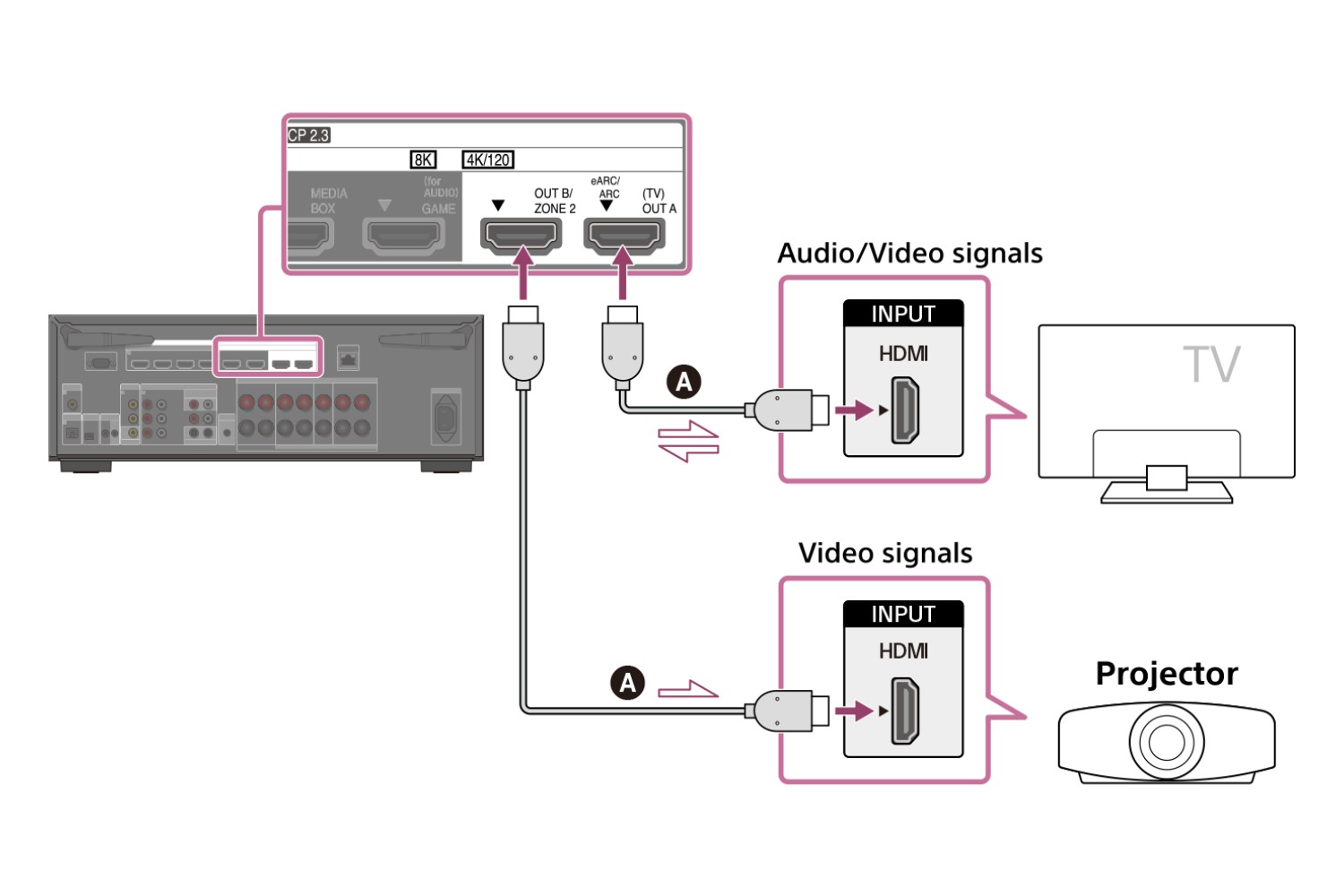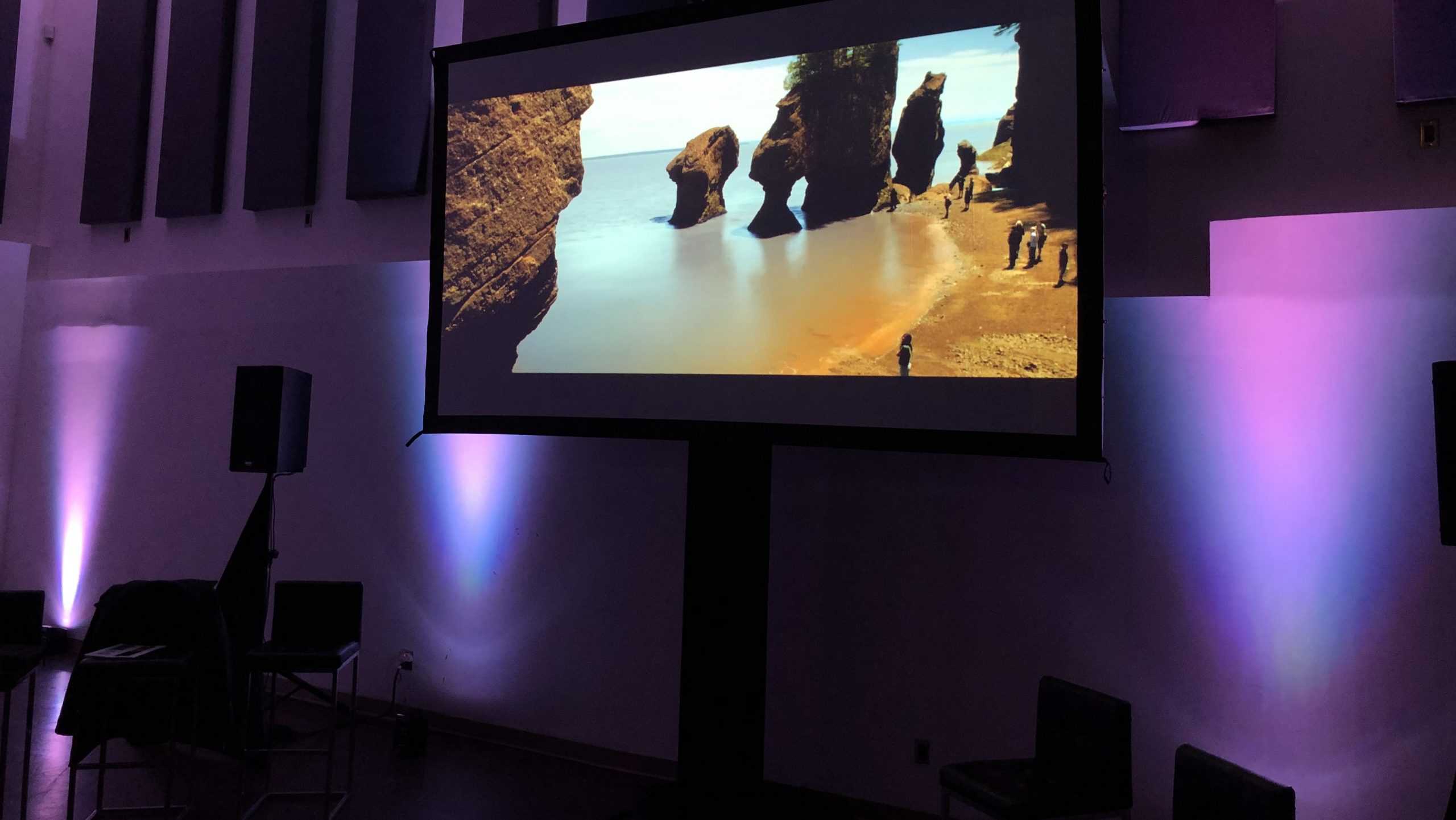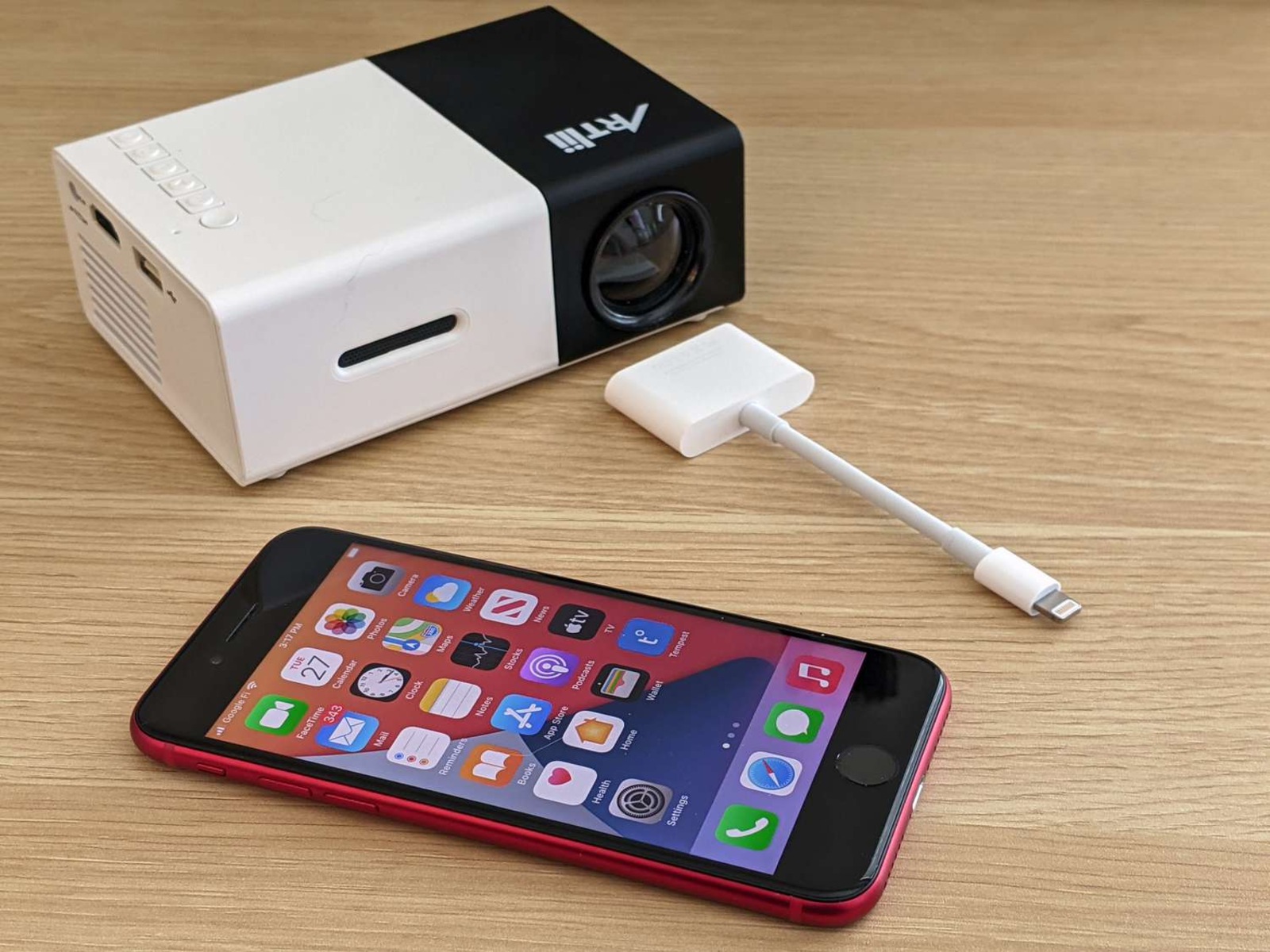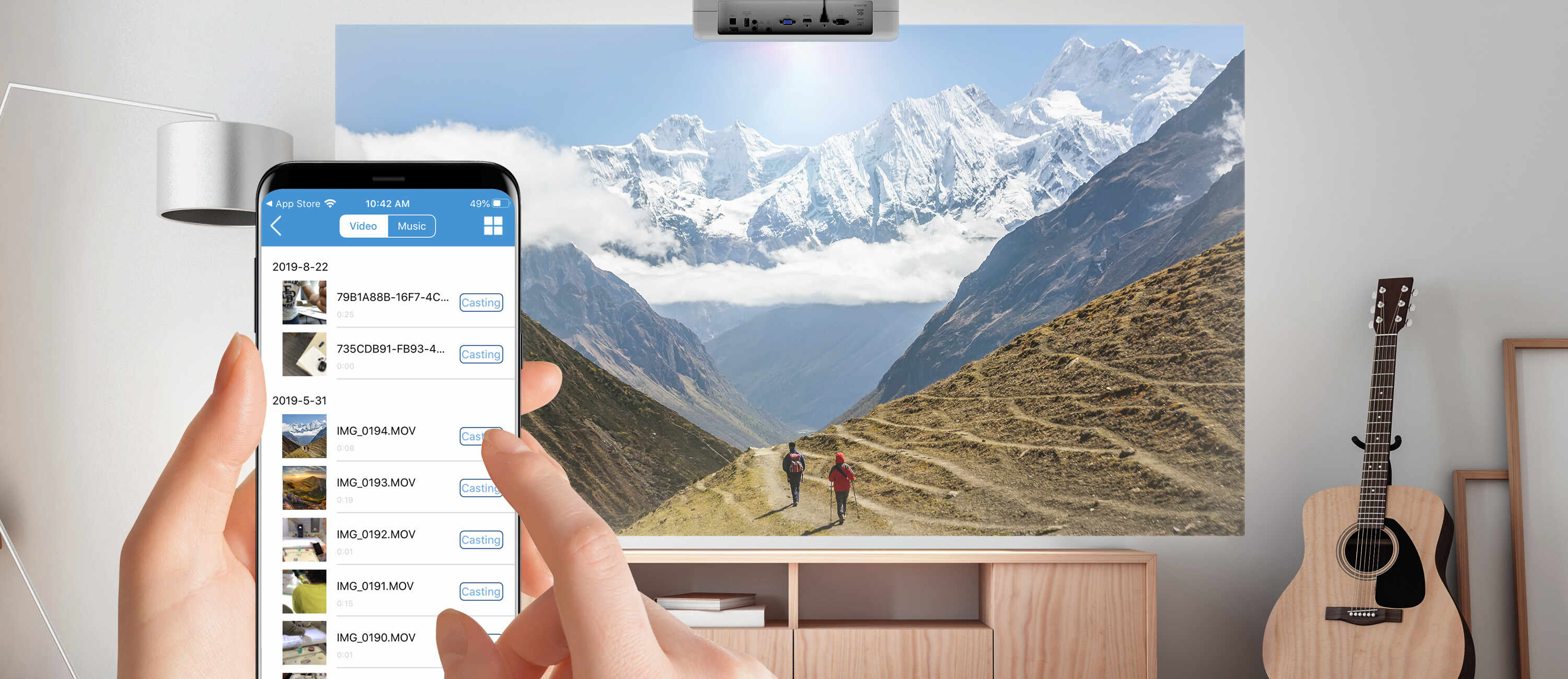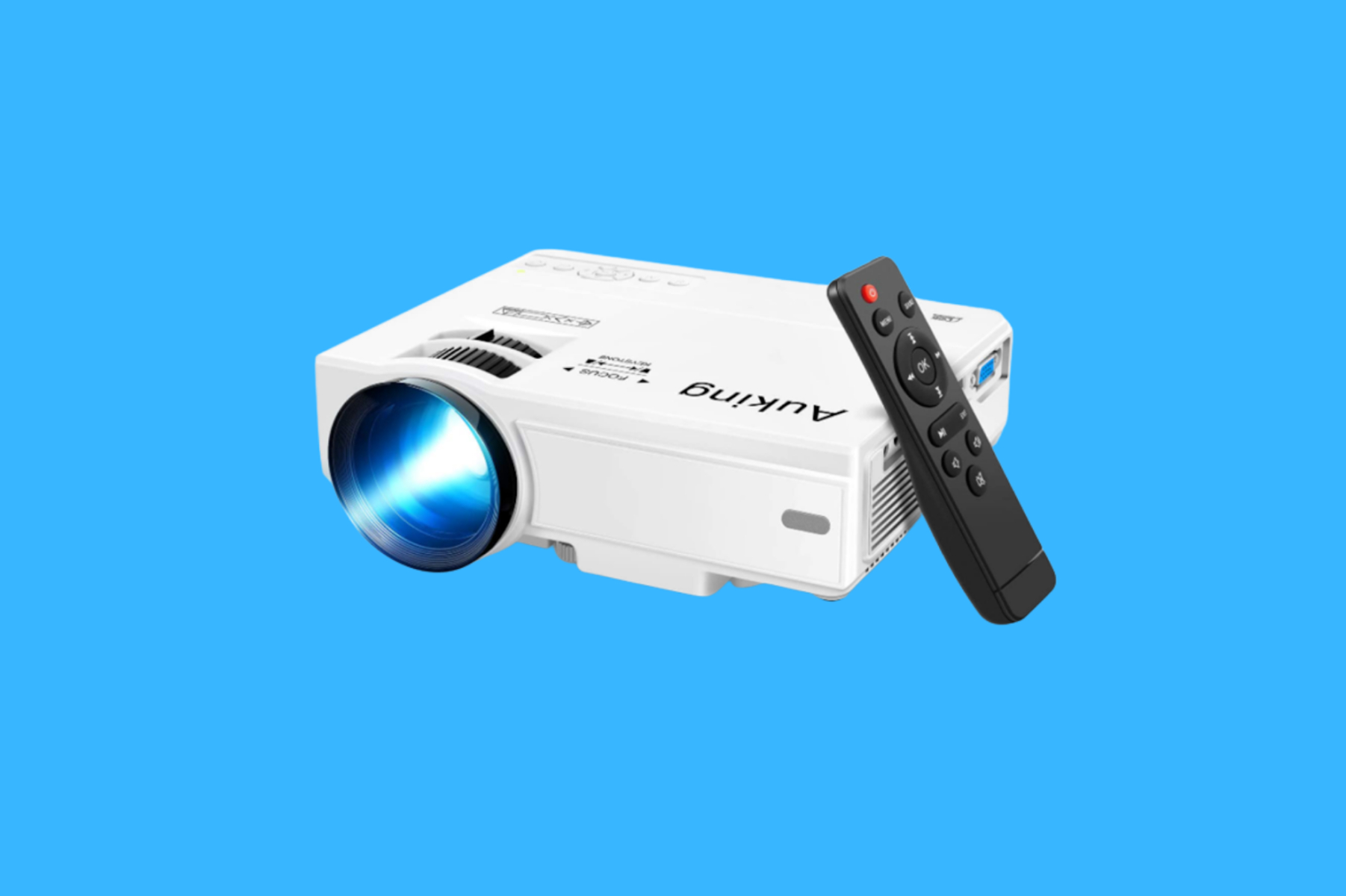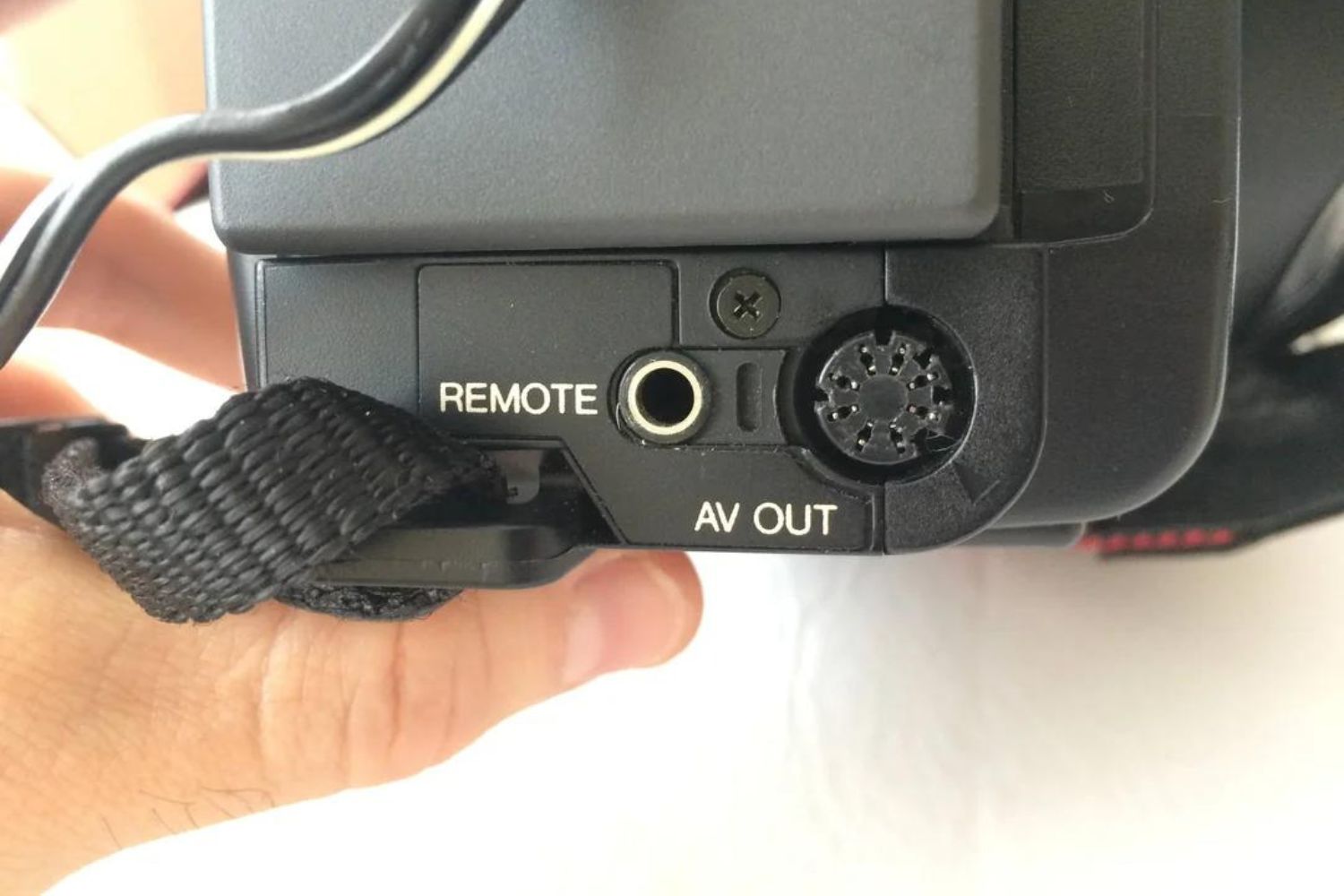Introduction
When it comes to enhancing the visual experience of presentations, educational sessions, or watching movies, projectors play a crucial role. They allow us to display large, high-quality images on a screen or any suitable surface. However, the capabilities of projectors aren’t limited to just projecting images. With the integration of audio and visual (AV) technology, projectors can deliver a more immersive and engaging viewing experience.
AV, short for audiovisual, refers to the transmission and reception of both sound and visual elements. It encompasses the use of multimedia elements like videos, images, graphics, and audio to create a captivating environment for viewers. When AV technology is integrated into projectors, it opens up a whole new world of possibilities.
In this article, we will explore the concept of AV on projectors, its various types, the benefits it brings to the table, and some important considerations to keep in mind when using AV on projectors.
What is AV?
AV, or audiovisual, is a term that refers to the combined use of both audio and visual elements to convey information, entertain, or educate an audience. It involves the integration of technologies like sound, video, graphics, and interactive elements to create a multi-sensory experience for viewers.
When it comes to projectors, AV technology allows for the simultaneous projection of both visual and audio content. This means that not only can you display high-quality images or documents, but you can also enhance the experience with accompanying sound or narration.
AV technology has become increasingly advanced, providing users with the ability to create stunning presentations, immersive educational materials, and captivating movie experiences. Projectors equipped with AV capabilities offer a versatile and flexible solution for various applications such as classrooms, boardrooms, theaters, and home entertainment.
AV on projectors can involve a range of components, including video players, audio systems, microphones, speakers, and multimedia sources. These components work together to seamlessly deliver an integrated audiovisual experience, capturing the attention of the audience and conveying information in a dynamic way.
Overall, AV technology on projectors allows for a more engaging and interactive experience, making it an excellent tool for presentations, training sessions, entertainment, and more.
Types of AV on Projectors
When it comes to AV on projectors, there are various types of audiovisual capabilities that can enhance the visual experience and engage the audience in different ways. Let’s explore some of the most common types:
- Video Projection: This is the basic and most common form of AV on projectors. It involves projecting videos onto a screen or surface. With video projection, you can display movies, presentations, slideshows, or any other visual content.
- Audio Output: In addition to the visual component, projectors with AV capabilities also offer audio output. This means you can connect speakers or audio systems to the projector, allowing for synchronized sound playback. This is particularly useful when watching movies or delivering presentations with accompanying audio.
- Multimedia Integration: Projectors with advanced AV features often offer the ability to integrate different multimedia elements. This includes the option to display images, graphics, animations, and text alongside video and audio content. This versatility allows for more dynamic and engaging presentations.
- Interactive Features: Some projectors come with interactive capabilities, allowing users to interact directly with the projected content. This can be achieved through touch-sensitive screens or interactive pens. Interactive features enable users to annotate, highlight, or manipulate the content on the screen, enhancing collaboration and engagement during presentations or educational sessions.
- Wireless Connectivity: Many modern projectors offer wireless connectivity options, enabling seamless streaming of content from various devices. This means you can wirelessly connect your laptop, tablet, or smartphone to the projector, eliminating the need for cables and allowing for easy content sharing and collaboration.
These are just a few examples of the types of AV capabilities available on projectors. The advancements in technology continue to expand the possibilities, allowing for more immersive and interactive audiovisual experiences.
Benefits of AV on Projectors
The integration of AV technology on projectors brings a multitude of benefits, enhancing the visual experience and delivering a more engaging and memorable presentation or entertainment. Let’s explore some of the key benefits:
- Enhanced Visual Impact: AV on projectors allows for the projection of high-quality visuals, ensuring a clear and vibrant display. Whether you’re presenting data, showcasing multimedia content, or watching movies, the visual impact is greatly enhanced, capturing the attention of the audience.
- Improved Retention and Understanding: The combination of audio and visual elements in AV on projectors helps improve information retention and comprehension. When information is presented in a multimedia format, it stimulates multiple senses, making it easier for the audience to absorb and understand the content.
- Increased Engagement and Interaction: AV technology on projectors enables a more interactive experience, encouraging audience engagement. With features like interactive screens or collaborative annotations, participants become active participants rather than passive viewers, fostering a sense of involvement and interactivity.
- Versatility and Flexibility: Projectors with AV capabilities offer versatility in terms of content delivery. They can handle various formats, including videos, images, documents, and presentations. This flexibility allows for seamless transitions between different types of content, making the projector suitable for a wide range of applications.
- Professional and Polished Presentations: Using AV on projectors can elevate your presentations to a more professional level. With integrated audio, visuals, and multimedia elements, you can create polished and impactful presentations that leave a lasting impression on your audience.
- Enhanced Collaboration: AV technology on projectors facilitates collaboration in group settings. Whether you’re working on a team project or conducting a brainstorming session, the ability to display and manipulate content interactively encourages participation, collaboration, and creativity.
These are just a few of the many benefits that AV on projectors brings. The integration of audiovisual elements enhances the overall viewing experience, making presentations more engaging, educational sessions more interactive, and entertainment more immersive.
Considerations when Using AV on Projectors
While AV on projectors offers numerous benefits, there are some important considerations to keep in mind to ensure optimal performance and a seamless user experience. Let’s explore these considerations:
- Compatibility: Ensure that the audiovisual equipment you use, such as external speakers, microphones, or HDMI cables, are compatible with your projector. This will ensure reliable connections and smooth integration of AV components.
- Lighting Conditions: Projectors rely on adequate lighting conditions to display quality visuals. Consider the lighting environment of your projection area, and adjust the projector settings accordingly to optimize image quality and prevent any visual distortion or dimness.
- Sound Quality: If audio is an essential part of your presentation or entertainment, invest in a sound system or speakers that can deliver clear and balanced audio. Poor sound quality can negatively impact the overall viewing experience, so it’s crucial to prioritize audio output quality.
- Content Optimization: Make sure the content you are projecting is optimized for the projector’s resolution and aspect ratio. This will ensure that the visuals are displayed correctly and maintain their intended quality.
- Seating and Viewing Angle: Consider the positioning of the projector and the seating arrangement of the audience. Ensure that everyone has a comfortable viewing angle and can clearly see the projected content without any obstructions.
- Room Acoustics: Depending on the size and acoustics of the room, you may need to adjust the audio settings to ensure proper sound distribution and avoid any echoes or reverberations that may affect the overall sound quality.
- User Training: If you are using AV technology that involves interactive features or complex audiovisual setups, consider providing training or instructions to users to ensure they are able to utilize the equipment effectively and avoid any technical difficulties during presentations or events.
Considering these factors will help you achieve the best possible audiovisual experience with your projector, ensuring that your presentations, educational sessions, or entertainment are delivered smoothly and captivate your audience.
Conclusion
AV technology on projectors brings a wealth of possibilities, enhancing the visual and audio experience for presentations, educational sessions, and entertainment. The integration of audiovisual elements in projectors allows for more engaging and immersive experiences, capturing the attention of the audience and conveying information in a dynamic way.
By combining high-quality visuals with synchronized audio, projectors equipped with AV capabilities create a multi-sensory experience that improves information retention and understanding. The versatility and flexibility of AV on projectors enable seamless transitions between different types of content, making them suitable for a wide range of applications.
However, it is important to consider factors such as compatibility, lighting conditions, sound quality, content optimization, seating arrangements, room acoustics, and user training when using AV on projectors. Paying attention to these considerations will ensure optimal performance and a seamless user experience.
Ultimately, AV on projectors opens up new opportunities for impactful presentations, interactive educational sessions, and immersive entertainment. It allows presenters, educators, and home theater enthusiasts to create professional and polished experiences that leave a lasting impression on the audience.
So, explore the possibilities of AV on projectors and unleash the full potential of your audiovisual content, bringing your presentations, educational sessions, and entertainment experiences to life.









